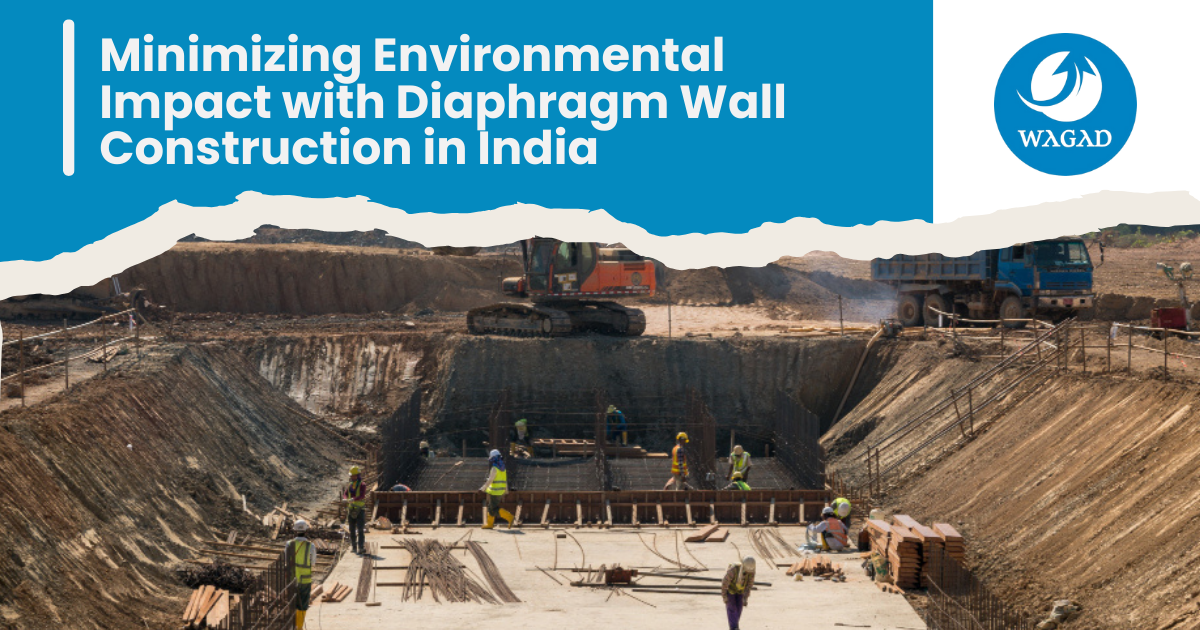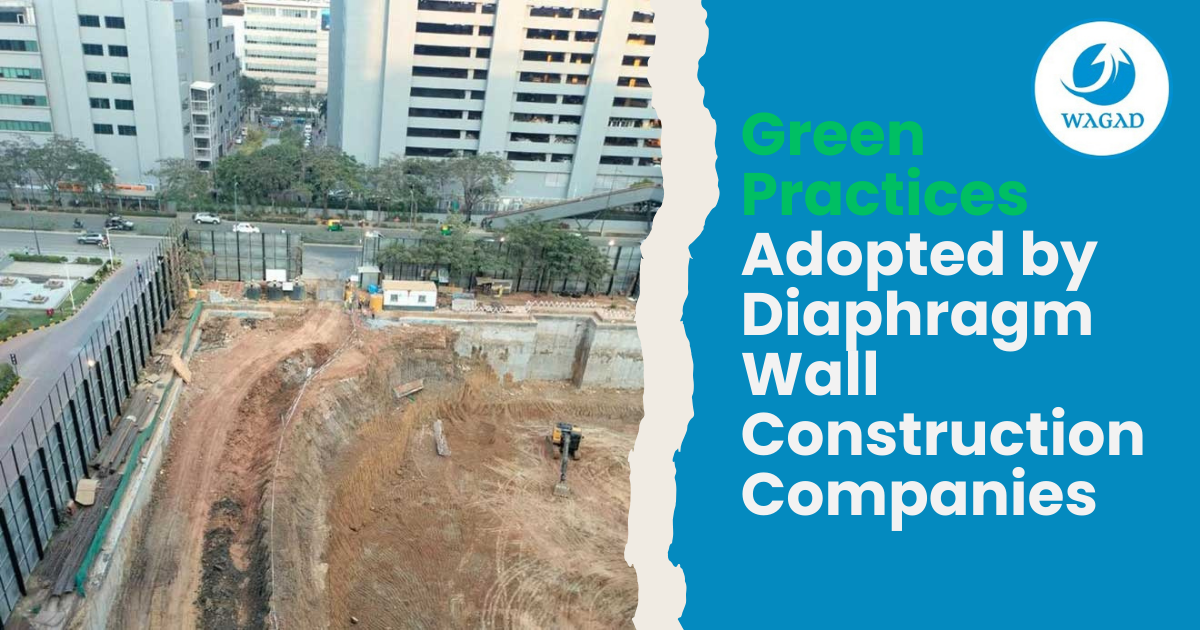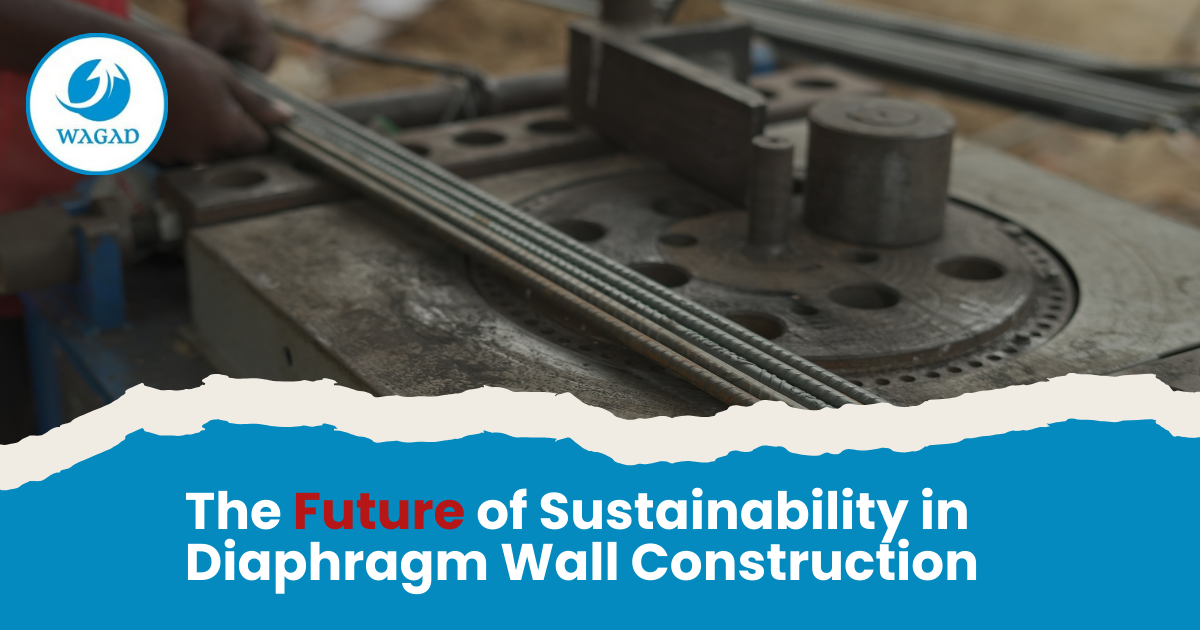
Minimizing Environmental Impact with Diaphragm Wall Construction in India
Diaphragm wall construction plays a vital role in creating the deep foundations needed for structures like basements, tunnels, and retaining walls. However, this construction method does come with its share of environmental challenges. Leading diaphragm wall construction companies are increasingly adopting sustainable practices to mitigate these impacts.
Environmental Challenges in Diaphragm Wall Construction
Diaphragm wall construction involves excavating large sections of the earth, which can lead to issues such as soil erosion, noise pollution, and disruptions to local wildlife. Additionally, the extensive use of concrete, a primary material in diaphragm wall buildings, contributes to significant carbon emissions. As the industry grows, the pressure mounts on each Diaphragm wall construction company to find ways to reduce their environmental footprint.
Green Practices Adopted by Diaphragm Wall Construction Companies

To combat these environmental challenges, many companies in the industry are turning to greener solutions. For example, some diaphragm wall construction companies are now using low-carbon concrete mixes and emphasizing the reuse of materials to minimize waste. Furthermore, advanced machinery designed to reduce noise and vibration is becoming a standard in the construction of diaphragm walls.
In a rapidly developing country like India, where Diaphragm Wall Construction in India is on the rise, there’s a growing emphasis on sustainability. Numerous diaphragm wall construction companies in India are pioneering these eco-friendly practices, setting a new standard for the industry.
The Future of Sustainability in Diaphragm Wall Construction

Looking to the future, the diaphragm wall construction industry is poised to make even greater strides toward sustainability. Innovations in construction techniques and materials, along with tighter environmental regulations, are expected to drive these changes. Companies that embrace these green practices now will not only protect the environment but also solidify their position as leaders in more sustainable Diaphragm Wall Construction in India and beyond.
Conclusion
The environmental impact of building diaphragm walls is a critical concern, but the industry is moving in the right direction by adopting greener practices. By using sustainable materials and advanced technologies, diaphragm wall construction companies are reducing their ecological impact while meeting the demands of Modern construction. This shift towards sustainability will benefit the environment and elevate the companies that lead the charge in Diaphragm Wall Construction in India and globally.